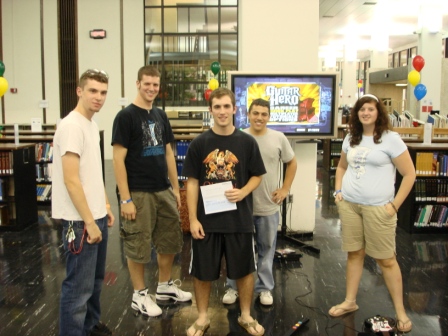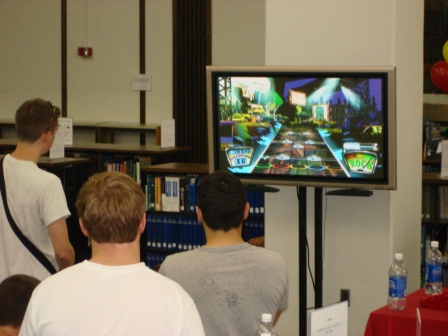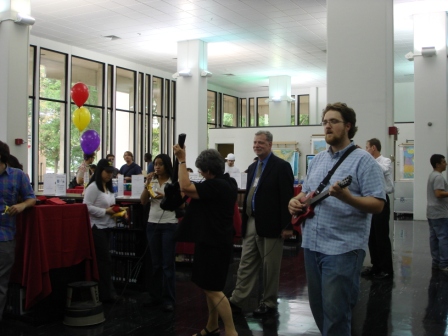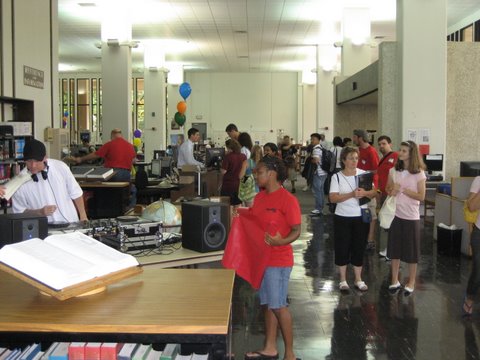Temple University Libraries is pleased to announce the addition of Theatre in Video to its online resources. Theatre in Video is an entirely different kind of database, offering streaming video of entire plays. Included in the repertoire are the BBC’s productions of the entire works of Shakespeare, as well as plays from antiquity to modernity, unlimited by geographic origin. In addition to plays,Theatre in Video contains documentaries about notable playwrights and directors such as August Wilson, Bertolt Brecht, Henrik Ibsen, Eugene O’Neill, Arthur Miller, Konstantin Stanislavsky, Tennessee Williams, and many more. Productions range in date from 1936 to 2005.
Theatre in Video is easy to access and to use. Viewers can do a general search for a particular play, performer, playwright, or director, or browse lists of productions, documentaries, people, genres, companies, theatres, and dates. Students and professors can make personal playlists of clips which can be shared.
Theatre in Video is an exciting new kind of database, opening a new dimension in online offerings from Temple University Libraries, useful for instruction in many disciplines, as well as for enjoyment.
If you have any questions concerning Theatre in Video, feel free to contact me, Anne Harlow, aharlow@temple.edu.





